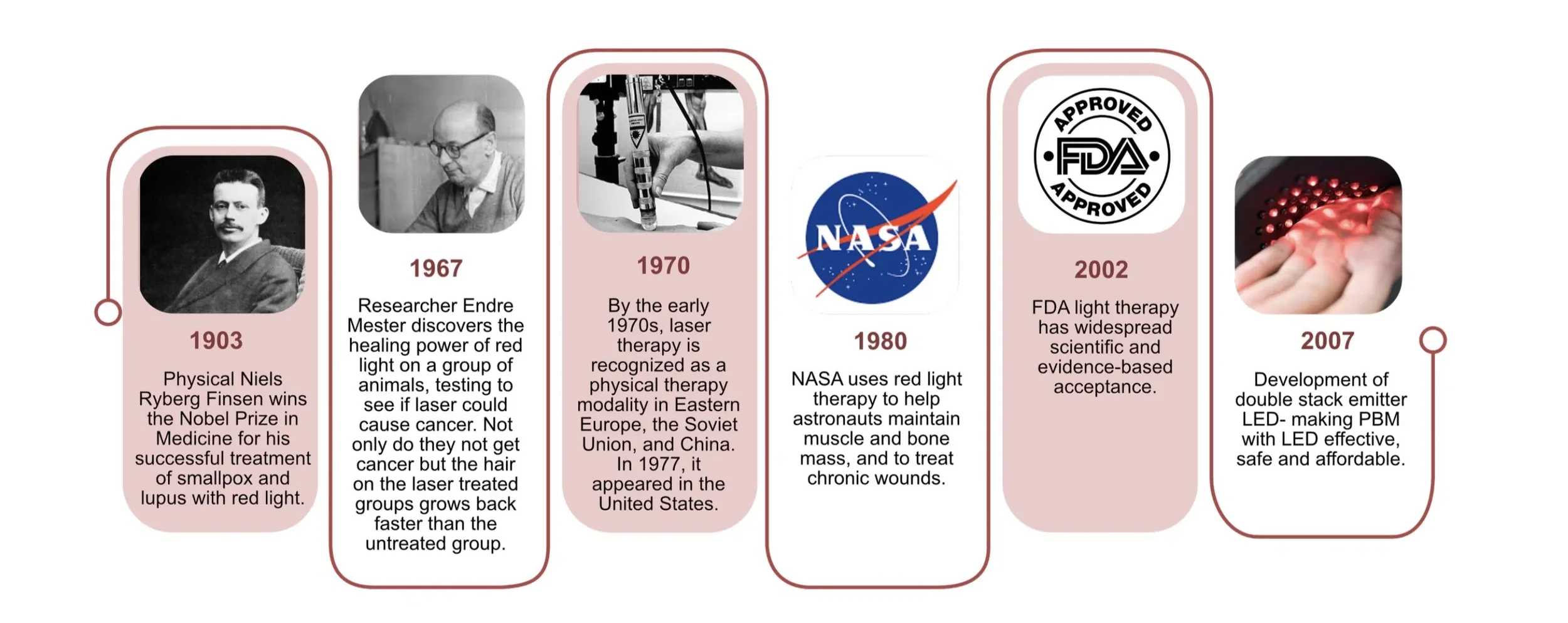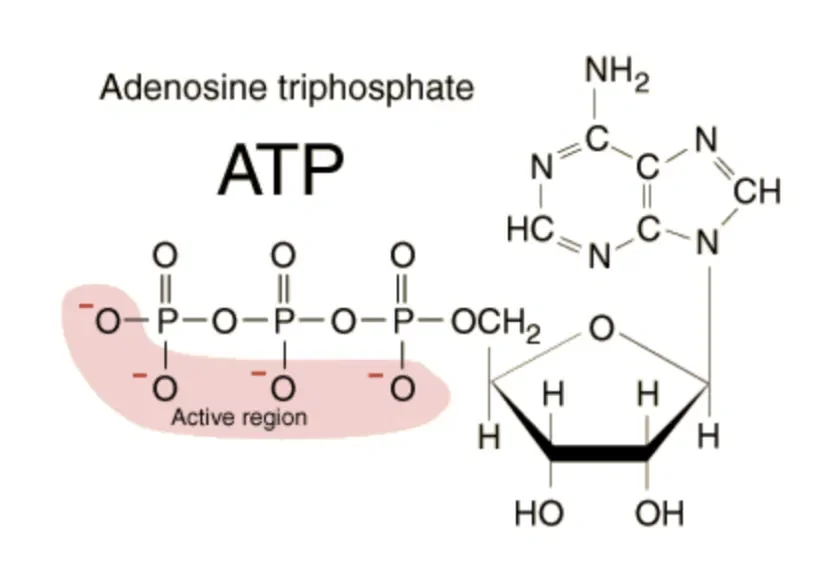Laser, Green, & Yellow Light Therapy
Laser and visible light therapies such as green and yellow light therapy are part of the broader field of photobiomodulation (PBM)—the therapeutic use of specific wavelengths of light to influence biological processes at the cellular level.
While red and infrared light penetrate more deeply into tissue and muscle, green and yellow light primarily affect the superficial and mid-level layers, interacting with cellular structures, microcirculation, and biochemical pathways involved in tissue repair and inflammation modulation.
Both green (approximately 520–560 nm) and yellow (approximately 570–590 nm) wavelengths have been studied for their effects on cellular balance, oxidative stress reduction, and circulatory support. Laser and LED systems using these wavelengths are increasingly used in clinical, rehabilitative, and research settings for their gentle yet measurable influence on biological activity.
Unlike high-intensity ablative lasers that cause controlled tissue injury, low-level laser and LED therapies use non-thermal, non-ionizing light energy to stimulate beneficial cellular responses without pain, heat, or tissue disruption.
A Brief History of Visible Light Therapy
The use of visible light for therapeutic purposes dates back more than a century. Early physicians observed that specific colors of light produced distinct physiological effects. As red and infrared light became known for supporting tissue healing, green and yellow light emerged as complementary wavelengths capable of influencing inflammation, microvascular function, and metabolic balance.
By the late 20th century, low-level laser and LED systems employing visible light were used in Europe and Asia for circulatory support, reduction of inflammatory conditions, and general tissue revitalization. NASA’s light therapy research further validated that visible wavelengths can influence cellular metabolism and recovery processes.
Modern research continues to expand on these findings, showing that green and yellow light, when delivered with precision and appropriate dosimetry, can enhance mitochondrial function, modulate oxidative stress, and support balanced physiological responses throughout the body.
Green and Yellow Light Therapy Benefits
Green Light Therapy: Cellular Balance and Calming Effects
Green light therapy interacts primarily with melanocytes and other chromophore-containing cells, influencing biochemical pathways associated with energy metabolism and oxidative stress. Research suggests that green light can help normalize cellular activity, reduce reactive oxygen species, and promote a balanced redox state.
It has also been shown to affect vascular tone and autonomic balance, contributing to an overall calming physiological effect.
Key benefits of green light therapy:
Supports regulation of cellular oxidative balance
Modulates physiological stress responses
Promotes relaxation and autonomic stability
Aids in microcirculatory function and metabolic efficiency
Yellow Light Therapy: Revitalizing and Restorative
ellow light—sometimes referred to as amber or golden light—occupies a unique position in the visible spectrum. It penetrates slightly deeper than green light, interacting with vascular and connective tissues involved in circulation, lymphatic activity, and cellular regeneration.
Studies have shown yellow light to support oxygen exchange, improved blood flow, and balanced tissue metabolism. It has also been associated with improved recovery following stress or injury at the tissue level.
Key benefits of yellow light therapy:
Stimulates microcirculation and oxygen exchange
Supports cellular metabolism and energy efficiency
Reduces local inflammation and swelling
Enhances recovery in soft tissues
Promotes systemic vitality and resilience
Laser-Assisted Light Therapy
When laser technology is combined with visible wavelengths such as green and yellow, it allows for precise delivery of light energy at specific depths and intensities, optimizing therapeutic outcomes while minimizing unwanted effects.
In medical and rehabilitative contexts, low-level lasers using visible light are applied to:
Target vascular or inflammatory conditions
Influence localized tissue metabolism
Support recovery from soft tissue injury
Enhance cellular energy production through photonic stimulation
These systems operate at the biostimulatory level, meaning they affect mitochondrial function rather than causing structural alteration. The absorbed photons influence the cytochrome c oxidase pathway, promoting improved adenosine triphosphate (ATP) synthesis and normalizing cellular respiration.
Cellular Mechanisms: How Green and Yellow Light Influence Function
Cells contain chromophores—light-absorbing molecules that respond to specific wavelengths. When these chromophores absorb green or yellow light, they initiate biochemical cascades that influence the electron transport chain, improving mitochondrial efficiency and cellular ATP generation.
Green light appears to modulate antioxidant enzyme activity, contributing to oxidative balance and reducing cellular stress.
Yellow light supports vascular and connective tissue function by improving circulation and promoting fibroblast and endothelial activity.
These mechanisms collectively enhance cellular vitality, tissue repair, and systemic balance without damaging surrounding structures.
The Takeaway
While red and infrared light therapies are best known for deep tissue and musculoskeletal applications, green and yellow light therapies—especially when delivered via precise laser systems—target mid-level biological processes, supporting circulation, metabolism, and cellular resilience.
This non-invasive, light-based approach provides a scientifically grounded means to:
Support mitochondrial and cellular energy production
Improve microcirculation and oxygen exchange
Reduce inflammation and oxidative stress
Promote physiological equilibrium and recovery
Laser, green, and yellow light therapies represent an important evolution in photobiomodulation research, bridging the gap between surface-level and deep-tissue applications, and illuminating new pathways for cellular health and systemic wellness.



